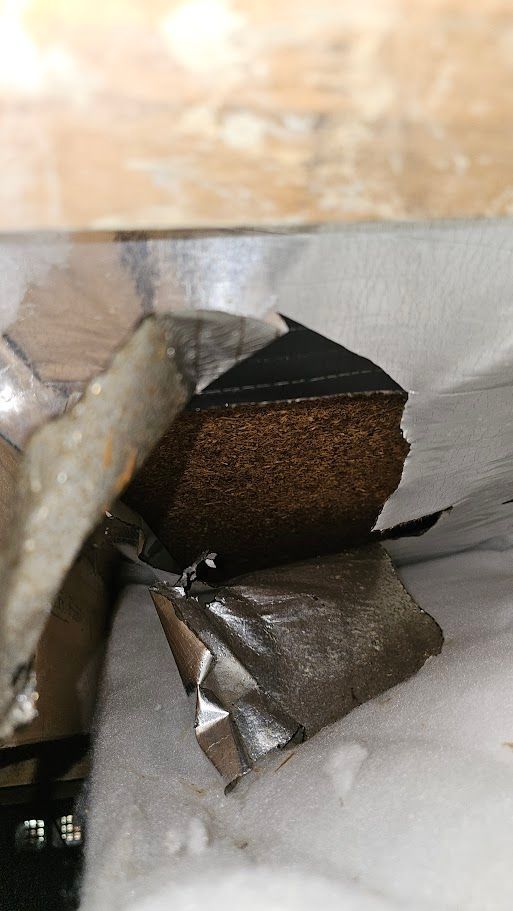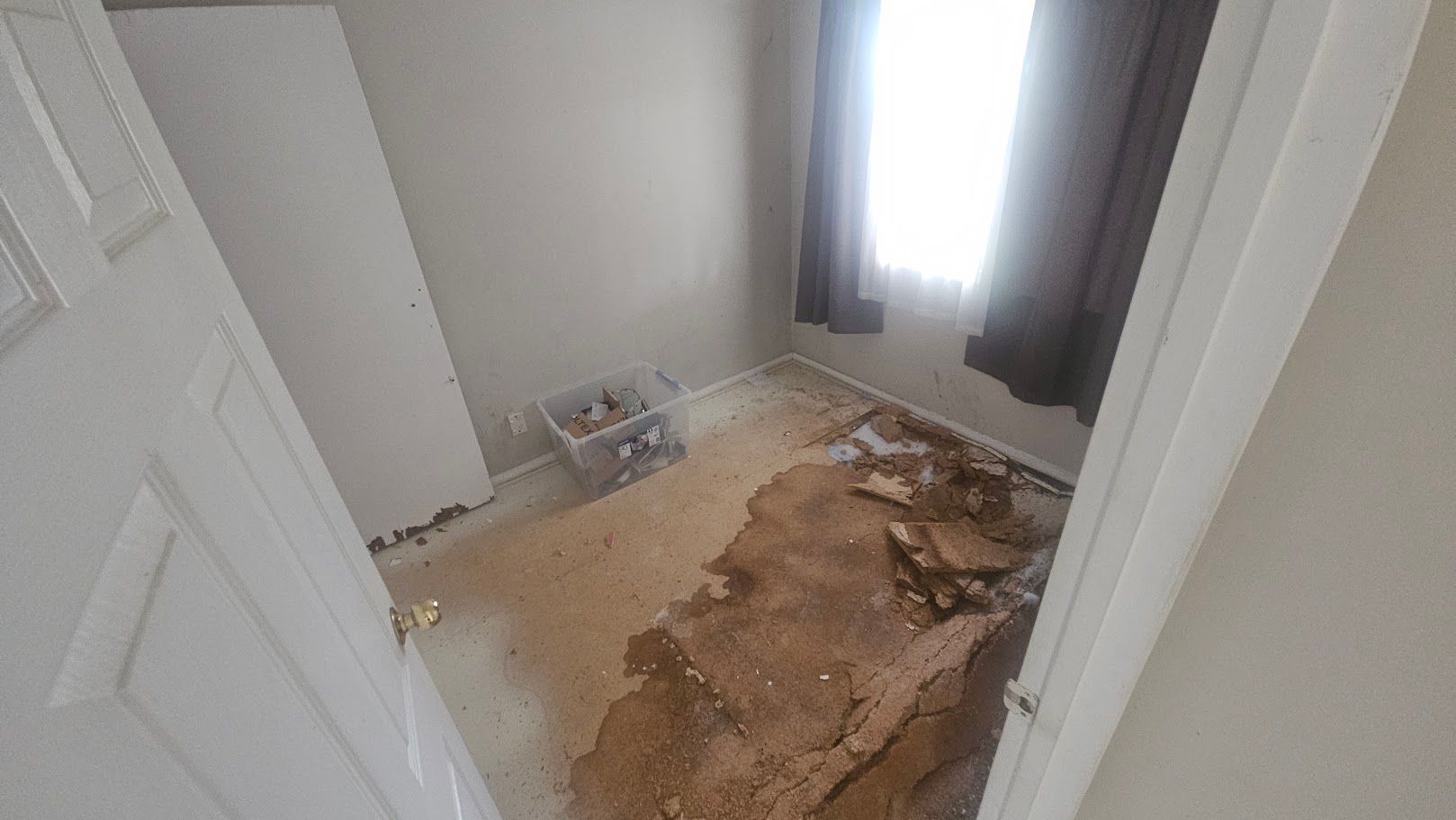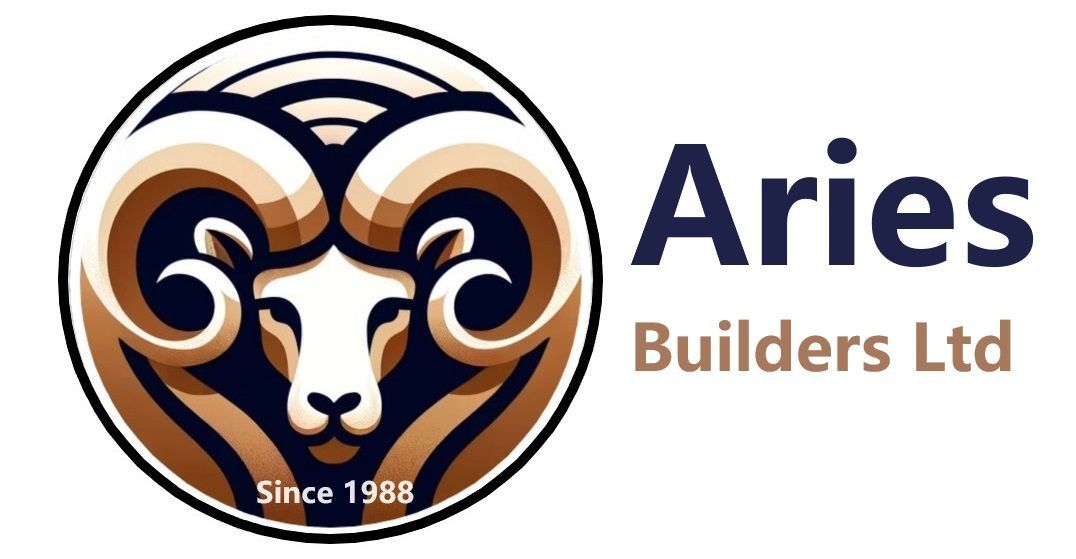Hidden Risks of Foil Insulation
Trapped Moisture and Electrical Hazards Explained

Trapped Water:
Foil Insulation Damage
Foil insulation was traditionally installed to act as a radiant barrier, reflecting heat rather than absorbing it. However, significant problems arise when foil insulation is incorrectly installed or left in place beneath new insulation layers. Leaks from hot water cylinders, dishwashers, or plumbing pipes often result in water becoming trapped between the foil insulation and particle board flooring.
This trapped moisture typically doesn't show immediate damage—it takes several weeks for water to gradually soak through the particle board. By the time the damage is noticeable, it can be extensive, causing the flooring to swell, become soft, or even disintegrate. Unfortunately, many insurance companies refuse to cover such gradual damage, leaving homeowners facing substantial repair costs.
At Aries Builders, we've encountered this issue frequently, giving us extensive experience in repairing and restoring properties affected by trapped moisture. Typically, our repair process involves safely uplifting the damaged particle board flooring and replacing it with durable 3.2 flooring ply. We also install modern insulation materials with the correct R-value, ensuring your home meets current standards and is protected from future moisture and insulation issues.

Electrical Safety Risks and the Ban on Foil Insulation
Foil insulation, due to its metallic nature, poses significant electrical hazards. If it comes into contact with live electrical wiring, it can conduct electricity and become live, causing serious injury or even fatalities from electrocution. Because of these risks, retrofitting or repairing foil insulation has been banned under Section 26 of the New Zealand Building Act 2004 since July 1, 2016.
New Zealand Building Code and Regulations
Existing foil insulation is only acceptable under the Healthy Homes Standards if it remains intact, shiny, undamaged, and free from gaps. Any damage or improper installation means the insulation no longer complies and must be replaced. Modern insulation alternatives, such as bulk insulation materials, offer a safer and more effective solution.
Safety First: Avoiding the Risks
When dealing with old foil insulation, it’s crucial to turn off the power supply at the mains and always consult a qualified electrician before beginning removal or repair work. This precaution is essential to prevent accidental electrocution.
Aries Builders – Your Trusted Professionals
Aries Builders provides comprehensive solutions for safely removing hazardous foil insulation, repairing moisture damage, and installing reliable, modern insulation systems. Our team's expertise ensures your property meets current regulatory standards and remains protected from potential hazards.
If you suspect trapped moisture or have concerns about existing foil insulation, contact Aries Builders today. We're here to help restore your home safely and effectively.

